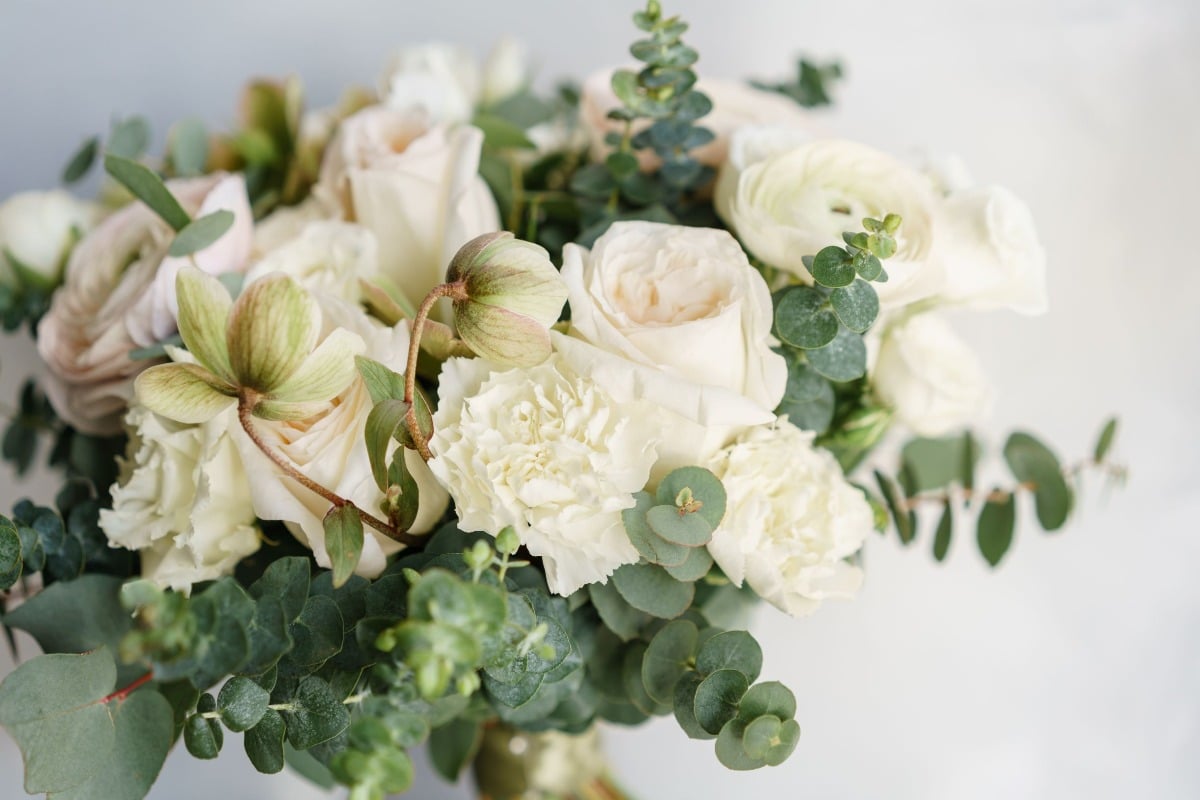How to Make Succulent Wedding Bouquets Work
In recent years, succulent bouquets have become all the rage due to their hardiness and a low-cost alternative to flowers. You can give them little to no water, even under the aridness, and still appear as you first left them. Their rubbery leaves store enough water to keep them alive for a long time.
While still needing some flowers to adorn them, succulents can stand in for a costly centerpiece in a bouquet like roses or tulips. Some species even produce their own flowers, giving your bouquet the best of two florae in one plant and reducing cost further. Weddings, as you know, can be pretty heavy on flowers, so this goes a long way.
But if you want one, it’ll take a bit more effort than usual. As succulents aren’t flowers, arranging succulent flower bouquets requires a different approach to make them stand out. Here are a handful of ways you can make succulents worthy of a bride’s hands on her special day.
Choosing the Succulent
Succulents are a group (not a scientific classification but generally accepted) of plants that feature thick and fleshy leaves. There’s no one uniform plant, as they’re spread across many plant families. Your first order of business is to choose the suitable succulent among the dozens in existence.
Among the most widely-used succulents belong to the genus Echeveria, namely species with small rosette clusters that come in bright colors. They usually grow in semi-desert areas between Mexico and the northwestern part of South America, but they can also be found in deserts within the U.S.
Here are a few recognizable Echeveria species to consider for a wedding bouquet:
• Perle von Nurnberg – small, grayish leaves that turn into mixed shades of purple and pink when exposed to direct sunlight
• Mexican Snowball – tight bluish rosettes that thrive both indoors (provided access to light) and outdoors; also known as Mexican hens and chicks
• Dusty Rose – violet rosettes that produce orange flowers several times a year
Cactus is also another succulent used in many wedding events. For prickly reasons, however, you need to step up in terms of handling them. No one likes for spiky cacti to ruin someone’s day.
Choosing the Partners
As mentioned earlier, succulent bouquets still need some flowers to go with them for the best look. This succulent wedding bouquet guide explains that the plants may look too casual for some people if not paired with a few flowers. Roses and lilies can add some refinement, but they can be pricey.
A good idea would be to arrange succulents at the center of foliage to give it a desert garden look. Lavender and baby’s breath are great options for such a role, considering they also thrive in dry conditions. But if you still desire classy-looking bouquets, swap out expensive flowers for cheaper substitutes like carnations and alstroemeria.
Consider the colors that will go into your succulent bouquet. Many succulents bear a greenish hue, but others range between reddish and near black (even gold). You can work the foliage around the succulent’s color or produce stark contrasts depending on your taste.
Arranging the Bouquet
Once you’ve picked your succulent and flowers, it’s time to think about the arrangement. Because succulents don’t have a stem, make one out of stem wires and floral tape. Hook up the wire at the succulent’s base and cover the entire length with floral tape.
Floral arrangement is perhaps the most difficult part of creating a bouquet, succulent or otherwise. Most florists abide by five elements: balance, color, dominance, scale, and texture.
The rulebooks for each can be extensive, but to summarize:
• Don’t let the bouquet lean or appear too heavy on one side.
• Make sure the colors are suitable for the person holding it.
• Be consistent about the bouquet’s theme.
• Avoid making a handheld bouquet too big to handle.
• Bear in mind the foliage as much as the focal flower.
If you have the time, you can attempt the floral arrangement yourself. Gather a load of ideas from various media and compile them into an envelope for reference as you go. Expect to perform a lot of trial and error, which is great for improving your craft. Otherwise, ask a professional florist for help.
Final Thoughts
Anything unique in a wedding is worth remembering—succulent bouquets are no exception. With the right choice of species, foliage, and placement, these bouquets will bring a unique twist to your special day. They also prove that having something different for weddings doesn’t have to break the bank.
We partnered with The Bouqs Co. to bring you these tips, as always thank you for supporting our sponsors!

